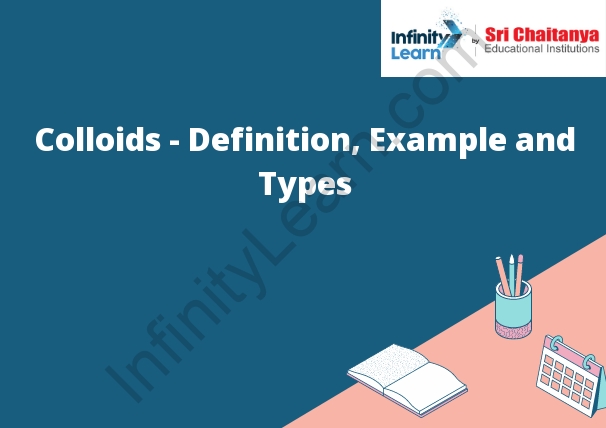Table of Contents
What is Colloid?
A colloid is a substance that is composed of small particles that are dispersed evenly throughout another substance. The small particles in a colloid are typically larger than those in a solution, and they are not dissolved in the other substance. Colloids are often suspensions, meaning that the small particles are held in suspension by a stabilizing agent. Some common colloidal suspensions include milk, paint, and fog.

Example of Colloidal Solution
A colloidal solution is a type of mixture in which one substance is dispersed evenly throughout another. In a colloidal solution, the dispersed substance is known as a colloid. Colloids are typically small and cannot be seen with the naked eye. Examples of colloidal solutions include milk, paint, ink, and smoke.
One way to think of a colloidal solution is to imagine a bowl of soup. The soup is the dispersion medium and the vegetables are the colloids. The vegetables are dispersed evenly throughout the soup and can be seen clearly. Another example is a glass of milk. The milk is the dispersion medium and the fat globules are the colloids. The fat globules are dispersed evenly throughout the milk and can be seen clearly.
Examples of Colloids Chemistry
In chemistry, a colloid is a substance consisting of small particles dispersed evenly throughout a liquid or gas. The dispersed particles are typically too small to be seen individually with the naked eye, but they can be detected by their Tyndall effect.
Examples of colloids include milk, paint, smoke, and fog. In each case, the dispersed particles are small enough to scatter light but are too large to pass through a fine mesh screen.
Types of Colloids with Examples
A colloid is a substance that is composed of small particles that are suspended in a larger substance. The small particles in a colloid are typically less than 1 micrometer in size. There are several different types of colloids, including sols, gels, and aerosols.
A sol is a type of colloid that is composed of solid particles that are suspended in a liquid. An example of a sol is milk, which is composed of solid particles (fat and protein) that are suspended in a liquid (water).
A gel is a type of colloid that is composed of solid particles that are suspended in a gel. An example of a gel is Jell-O, which is composed of solid particles (sugar and gelatin) that are suspended in a gel (water).
An aerosol is a type of colloid that is composed of solid particles that are suspended in a gas. An example of an aerosol is smoke, which is composed of solid particles (ash) that are suspended in a gas (air).
Classification of Colloids
Colloids are classified according to their physical state and chemical composition.
According to their physical state, colloids are classified as solids, liquids, or gases.
According to their chemical composition, colloids are classified as inorganic or organic. Inorganic colloids are composed of inorganic materials, while organic colloids are composed of organic materials.
Methods of Preparation
1. Add the water, sugar, cornstarch, and salt to a saucepan.
2. Cook over medium heat, stirring constantly, until the mixture thickens and boils.
3. Remove from the heat and stir in the vanilla extract.
4. Pour the mixture into a bowl and let it cool.
5. Cover the bowl and refrigerate for at least 2 hours.
6. Serve cold.
Applications of Colloids
Some common applications of colloids include:
• Paint
• Ink
• Dairy products
• Pharmaceuticals
• Soaps and detergents
• Tanning agents
• Food additives









